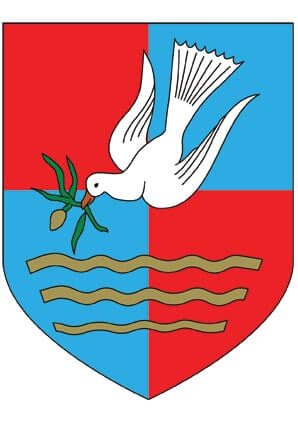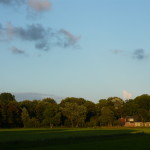This page contains a brief history of Jan XVII
Present and recent past
At the helm of Jan XVII stands Thomas van Kleef . When he took office in 2005, the foundation made a new start.
Vision, mission and strategy
Read here how the most recent history led to a reformulation of our mission.
More recent history
The letters and reports that you can read here also give a good impression of the developments since 2005.
Founder
Jan XVII was founded in 1976 by Ton de Nooy (1930-1995). As a child, he was fascinated by religious matters and appeared to have artistic gifts. At the age of 23 he chose to study philosophy/theology and then to study cultural psychology. During that training he was inspired by the work of the cultural psychologist Han Fortmann (1912-1970). This signaled a one-sided development of rational Western culture and the resulting religious poverty, as a result of which, in his view, Western people were increasingly separated from the symbolic language of religion. The writings of Carl Gustav Jung (1875-1961) also fascinated Ton de Nooy, especially his vision of religiosity ‘in’ man himself and the ensuing call to internalize more.
Consecration, work and contacts
In 1957 De Nooy – after his ordination as a deacon – started working at Hoogovens. From then on he followed his own spiritual path. The official church of his day had become too verbal and routine for him. In the early 1960s, he enjoyed the enthusiasm surrounding Vatican II, in which openness to the world, personal responsibility and interreligious dialogue became important topics for discussion. It was a time when old ecclesiastical structures were being broken. The ideas and thoughts formed during his studies were given new impulses.
From Meditation House in Amsterdam…
On August 12, 1976 Ton de Nooy and Rob Schipper signed the deed of incorporation of the Meditation House Jan XVII foundation. A house on the Herengracht in Amsterdam that was suitable for others to share in what he had found. In the traditions of the desert fathers, the hermits and the mystics, De Nooy discovered all kinds of forgotten forms of prayer, meditation, Bible interpretation, liturgy, song, play, sound, health, food and horticulture that emphasize the indissoluble unity of all creation. He also discovered that in quantum physics an increased interest had arisen for the unbreakable unity of the entire cosmos. Eventually he arrived at the old monastic traditions of East and West. This also explains his frequent visits to some hermits on the monk island of Athos. Ton changed jobs. He became a social studies teacher at the Mendel College in Haarlem.
…to Monastic Center Zeeveld
There was an increasing interest in what De Nooy was involved in. It soon became apparent that it was impossible for all of his ideals to take shape in Amsterdam. In 1984, Zeeveld was acquired to provide the necessary space. De Nooy decided to be ordained a priest after all.
De Nooy dies
After a short illness Ton de Nooy passed away on October 27, 1995.
Succession
The day-to-day management of the foundation was entrusted to Rob Schipper and Til Thijsen-Hermans. Both devoted themselves to it wholeheartedly. They retired in 2005. The brief history of Jan XVII takes a new turn with the appointment of Thomas van Kleef.


